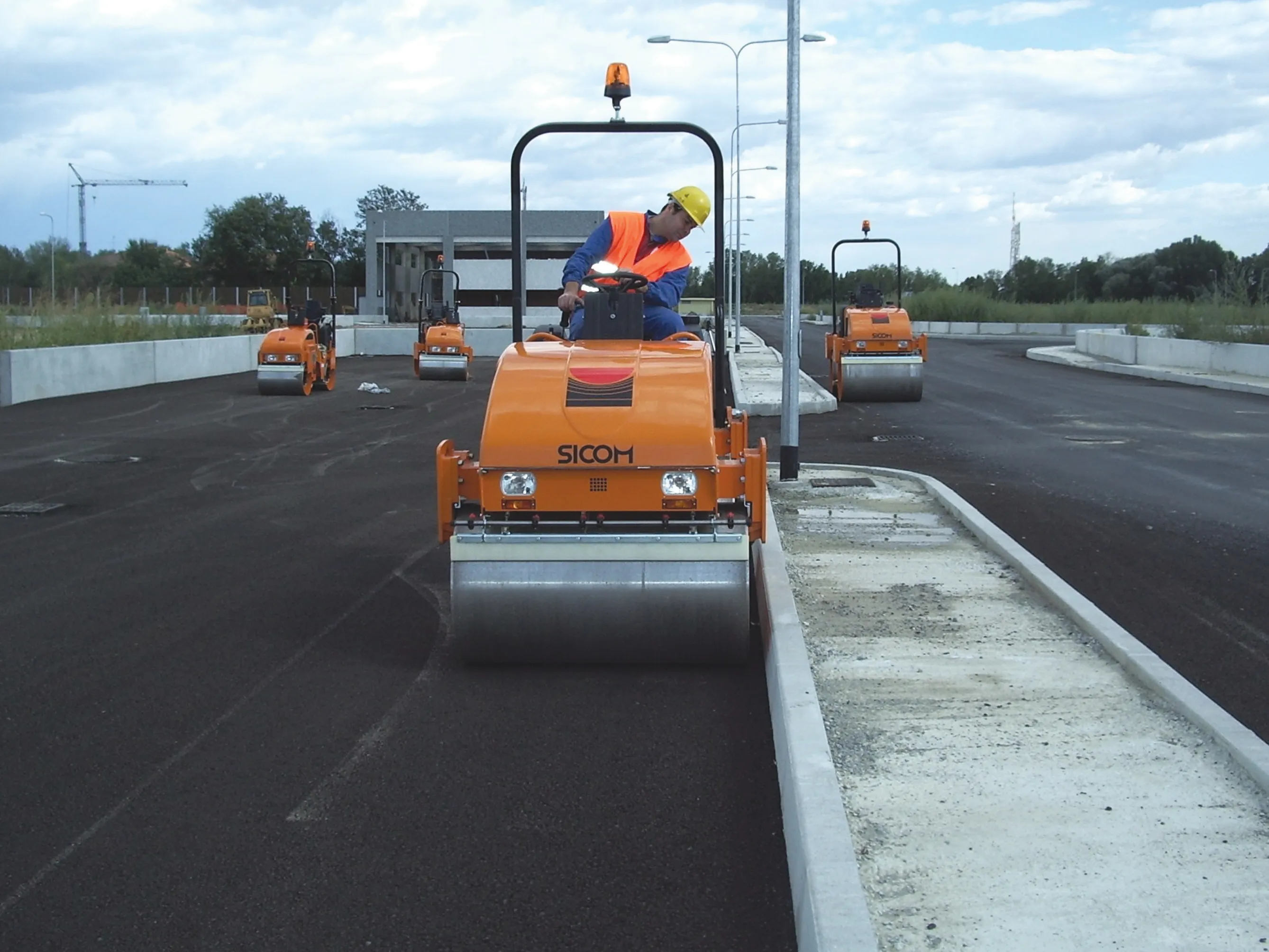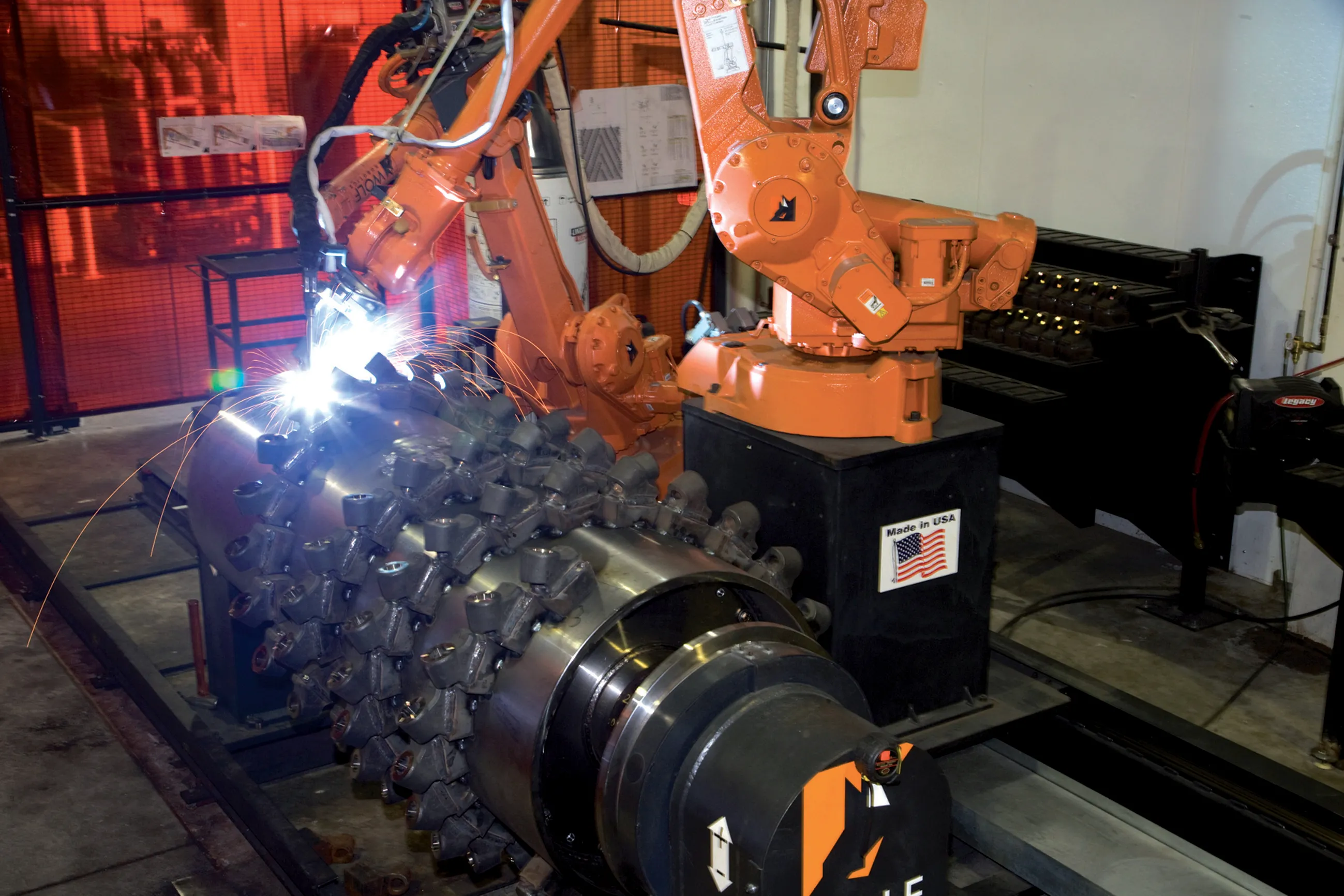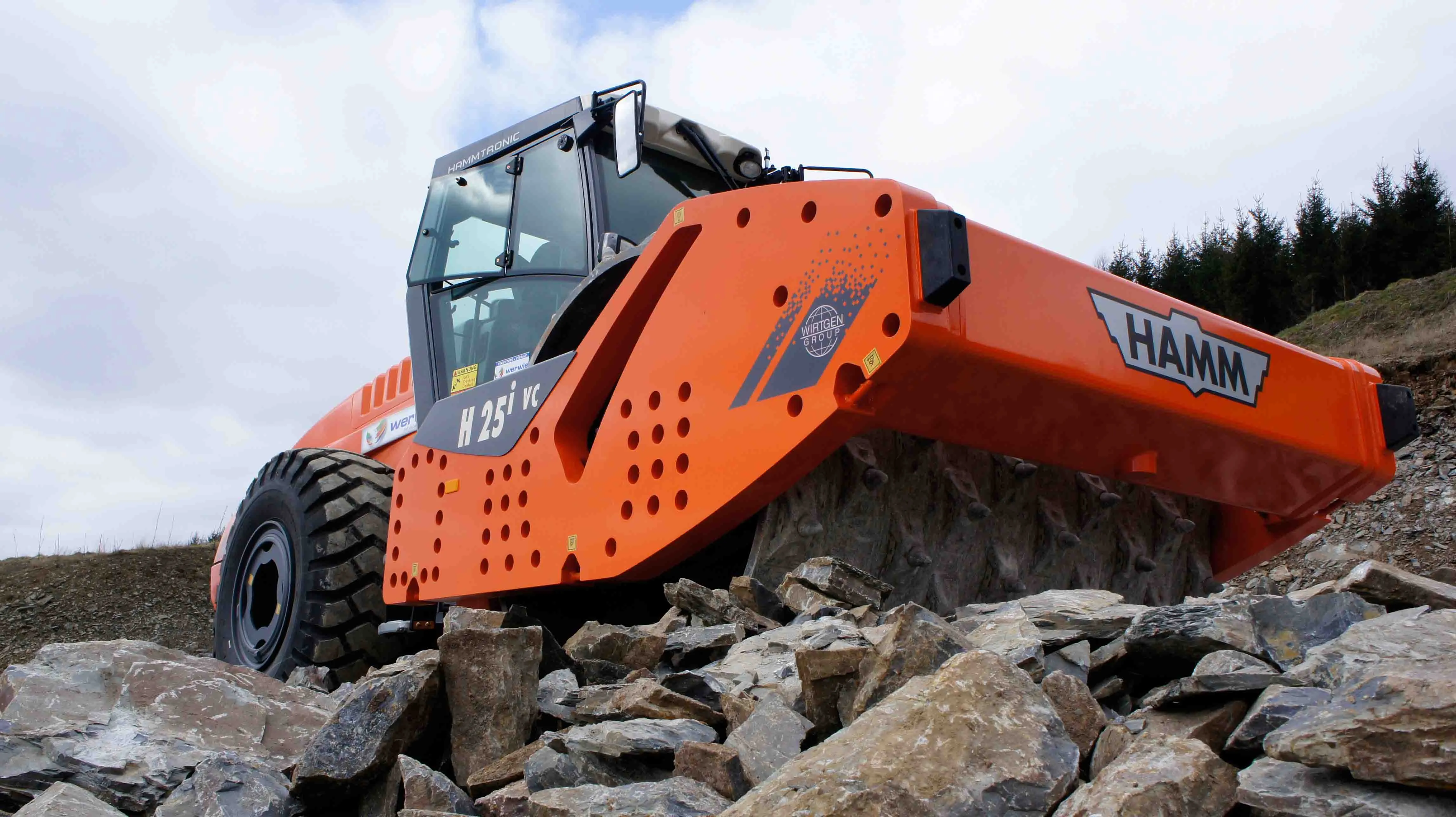New technologies and new partnerships will heighten the rivalry in the compaction sector, Mike Woof reports The competitive compaction equipment market is providing customers with a broad and growing array of innovative technologies and solutions. At the same time, many firms are looking to increase market share through reorganisation of their operations and developing new international partnerships. This sector of the equipment market is certainly now more competitive, with major brands like Bomag, Caterpi
July 31, 2012
Read time: 4 mins

New technologies and new partnerships will heighten the rivalry in the compaction sector, Mike Woof reports
The competitive compaction equipment market is providing customers with a broad and growing array of innovative technologies and solutions. At the same time, many firms are looking to increase market share through reorganisation of their operations and developing new international partnerships.This sector of the equipment market is certainly now more competitive, with major brands like
Technology plays a key role in the compaction market and many of the leading players are now developing systems that capitalise on the benefits of GPS machine control systems initially aimed at earthmoving applications. Using GPS, roller operators can ensure that materials can be compacted to the required density by following a following on-screen instructions. This technology is particularly important for freshly laid asphalt, as the system gives a representation of temperature gradients and also allows the operator to schedule compaction work accordingly. The technology for measuring compaction varies however and different manufacturers use different methods, while claiming that their own systems are the most effective.
On a more down to earth level, new technologies and business deals are still coming to the fore in the compaction sector. For example, Dynapac is offering improved compaction plates that feature low-vibration handles. The design minimises hand and arm vibrations, allowing each operator work with the plates for 8 hours, enough for a full shift and according to
Italian compaction equipment and grader supplier Safer Sicom is broadening its operations through a partnership with a firm in Asia. Under the terms of the agreement, the Asian company will market Safer Sicom's current compaction machine range in Asia, while also manufacturing some previous models for sale in the local market. The products involved in the manufacturing cooperation are the 3, 4 and 9tonne double drum rollers.
Meanwhile Safer Sicom is to carry out a feasibility study to market some of the Asian firm's products in Europe, and to update these products to meet the latest European requirements with both firms benefiting from the other's local strength and experience. The Asian firm's products Safer Sicom will develop are mainly asphalt pavers with screed widths of 5-7.5m.
At present Safer Sicom offers five twin drum asphalt rollers, aimed at the 1, 1.5, 2, 2.7, 4 and 5tonne weight classes. Offset drums are available and the machines can also come with either double or single vibration. The only self-propelled roller in the range at present is the 12tonne class 200 S model, which features a 2.135m wide by 1.45m diameter drum and with power from a 97kW diesel.
And US firm







